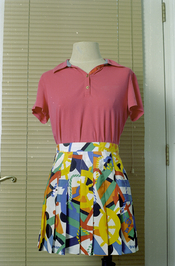- Joined
- Jan 14, 2007
- Messages
- 688
- Format
- Medium Format
Is there a quick and easy way to judge the result of a C-41 process? A subsequent wet print process (RA-4 as an example) is probably the ultimate way but not everyone has a wet darkroom, time and expertise to go that way. Film scanning is said to be a very wrong way to go in this forum. So is there any other way? How does everyone judge his/her processing result and do the adjustment or correction (if possible of course)? If a wet print is not produced it leaves only the digital way which has to be the film scanning. But if it is a very wrong solution what is a better way? A quick and easy answer to this question will be a huge help for C-41 processing DIYers to avoid or reduce processing errors. Hope to hear from many experts soon. Thanks.





